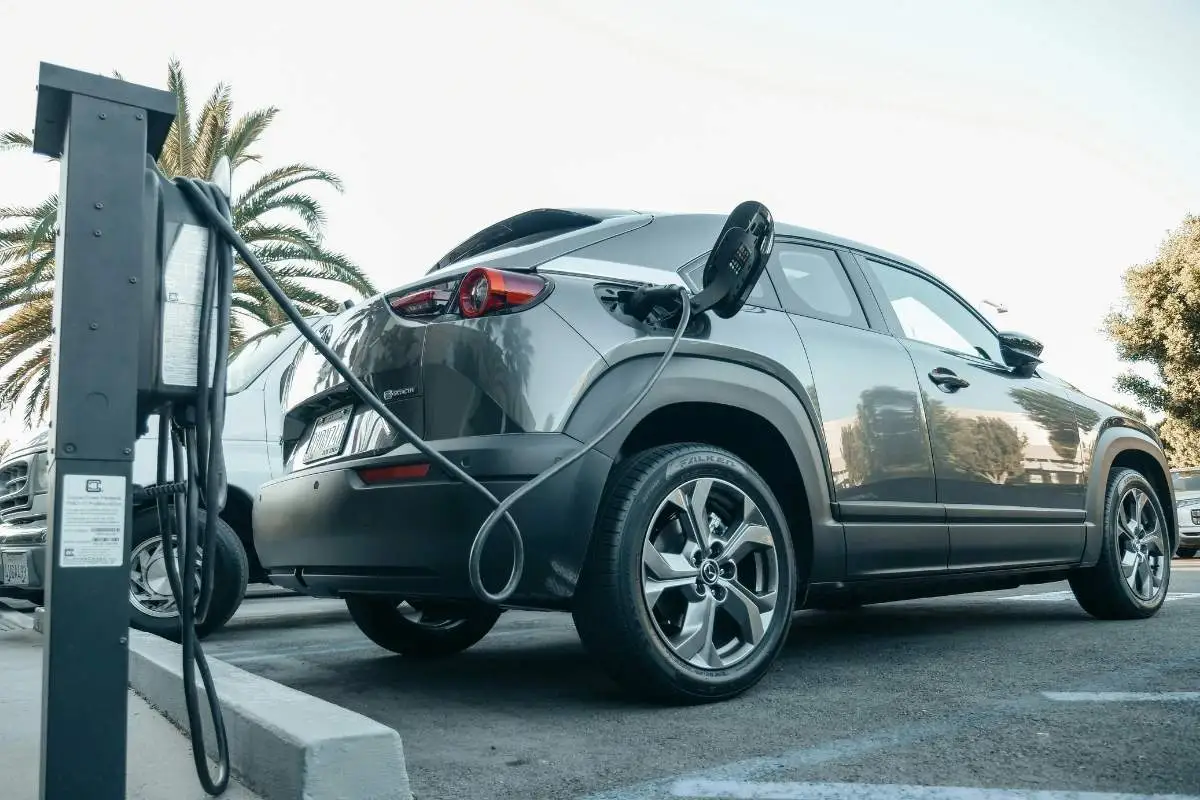Roaming charging is one of the most sensitive topics for electric vehicle fleet managers. While recharging at the depot or at home is relatively predictable charging in the field - at public or semi-public charging stations - exposes companies to a wide variability of rates and access conditions. To control costs and guarantee business continuity, it's essential to understand the current pricing logic, the types of charging stations available, and the tools available to optimize journeys. This article provides a clear and strategic overview of this often underestimated but central expense item in the management of electrified fleets.
Understanding roaming charging prices
For companies whose vehicles travel long distances on a daily basis, or regularly change geographical zones, roaming charging becomes a critical management issue. Unlike charging at the depot or at home, here costs can vary considerably from one operator to another.
Operator pricing varies widely
The first difficulty to overcome when managing a roaming fleet is the diversity of pricing models. Each operator applies its own pricing model, which may combine several elements:
- A rate per kWh consumed, often between €0.30 and €0.60, depending on the power of the terminal and its location.
- Fixed session fees, ranging from €0.50 to €2 per refill.
- Fees for overtaking or prolonged parking, especially at fast terminals.
- Additional charges for inter-operator roaming (when a recharge badge is used on a third-party network).
Result: the the real cost of a recharge can double between two stations located just a few kilometers apart. This uncertainty makes expense management complex, especially for large, multi-site fleets.
For electric fleets, the challenge is to structure their access to public charging stations through appropriate contracts or partners able to offer negotiated rates and seamless interoperability.
Solutions such as those offered by Bump, which centralize the management of recharging via digital tools, make it possible to monitor consumption, identify the most profitable recharging points, and consolidate invoicing. An intelligent approach, essential for regaining control over this strategic budget item.
{{cta-block}}
What types of terminals are available for mobile fleets?
To recharge a fleet efficiently on the move, it's not enough to simply locate the charging stations on a map. You also need to understand their technical specifications, power levels and accessibility. The type of terminal has a direct impact on charging time, cost and trip logistics.
Slow, accelerated, fast and ultra-fast terminals: what are the differences?
In the field, public charging stations fall into several categories, depending on their power:
- Slow charging stations (3.7 to 7.4 kW): recharge in 6 to 12 hours, not suitable for business travel.
- Accelerated charging stations (11 to 22 kW): recharge in 2 to 4 hours, useful in parking lots or delivery zones.
- Fast charging stations (50 to 100 kW): recharge in 30 to 90 minutes, ideal for a lunch break or tour rotation.
- Ultra-fast charging stations (150 to 350 kW): recharge in 15 to 30 minutes, suitable for heavy vehicles and long journeys.
The choice of terminal has a major influence on cost. The higher the wattage, the higher the price per kWh - especially when roaming. But it also reduces vehicle downtime, a crucial factor in fleet profitability.
Accessibility and compatibility of terminals for professionals
Beyond power, another essential point is theactual accessibility of charging stations. Not all are designed for professional use: narrow locations, limited access time, incompatibility with certain charging badges... These obstacles can impact productivity and frustrate drivers.
To avoid these inconveniences, it is advisable to :
- Equipping fleets with multi-network cards or compatible applications with all major operators.
- Identify charging points in advance that are adapted to the size of the vehicle, especially for vans and trucks.
- Avoid oversized terminals for short journeys, which cost more without increasing autonomy.
Platforms like Bump 's facilitate these logistics by enabling fleet managers to filter available terminals by power, vehicle type and associated costs, in real time.

Roaming charging vs. depot charging: what impact on fleet budgets?
Roaming charging offers valuable flexibility for mobile fleets. But this freedom comes at a cost. Comparing roaming recharging with depot recharging enables us to measure the economic impact on a fleet's overall TCO (total cost of ownership).
A price gap sometimes doubled
On average, recharging an electric vehicle at the depot costs between €0.12 and €0.20 per kWh, depending on the electricity contract and the power used. Conversely roaming charging can cost up to €0.60 per kWh, or even more for ultra-fast charging stations or in certain high-density areas.
Let's take a concrete example of an electric van with a 60 kWh battery:
The result: a cost multiplied by 3 for a fleet of equivalent size operating mainly on the road.
How to contain these costs
Faced with this discrepancy, there are several ways in which companies can control their budgets:
- Schedule recharging at the depot as far as possible, especially at night or during off-peak hours.
- Use moderate-power public charging stations, weather permitting, to reduce the rate per kWh.
- Contract with an operator offering negotiated rates or a capped monthly subscription.
- Set up monitoring tools to analyze recharging habits and adjust routes or usage.
Thanks to its digital electric fleet management solutions and a telebadge, Bump enables companies to view their consumption in real time, compare costs by type of terminal and optimize recharging strategies. This is a direct lever for preserving profitability while maintaining a 100% operational fleet.
{{cta-block}}

Need an electric recharging card?
Discover Bump Pass, the multi-service card made-in Bump!


